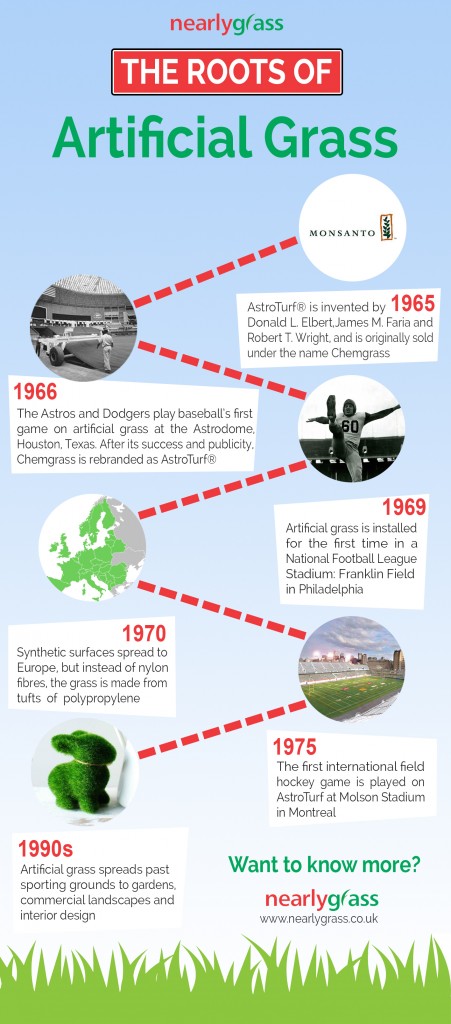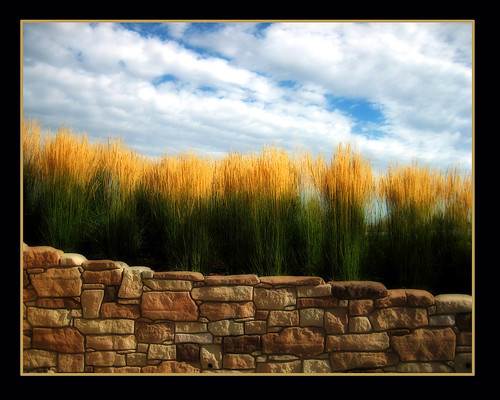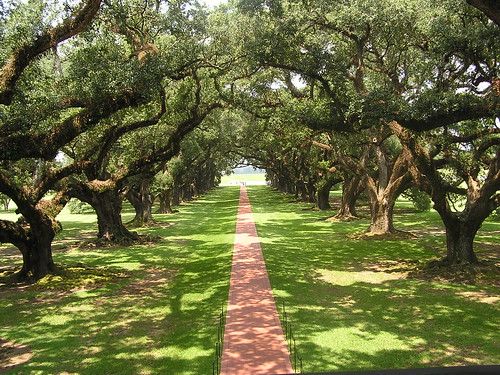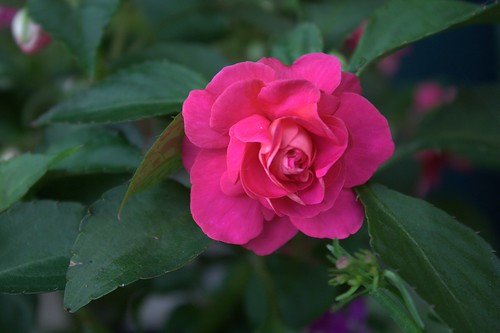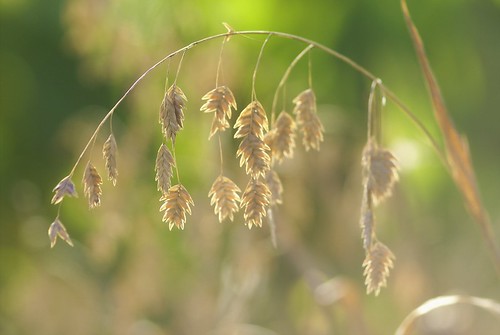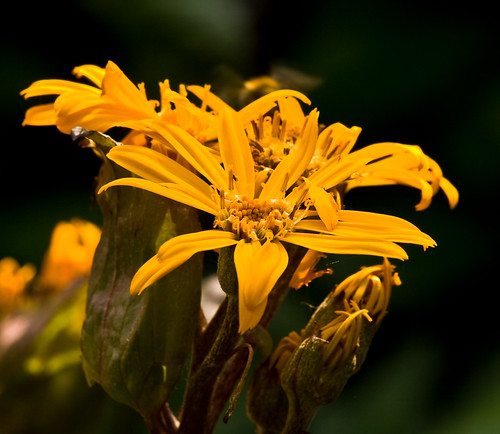In 1966 the Astros and Dodgers played the first baseball game on an artificial surface, officially named AstroTurf, the first incarnation of artificial grass. Since then its use has moved from sports grounds to gardens worldwide, seen as a way of having long lasting, low maintenance green grass in any climate. Here are two of the most popular uses of artificial grass over the past decade:
1. Areas of Drought
California has been facing the longest drought in its history – 4 years with no rain in some parts, forcing residents to water their gardens weekly just to keep the grass in their gardens alive, and with the average patch of American grass requiring 45,000 litres of water a year, this has led to water restrictions across California and penalties for misuse.
So what’s the solution to a garden full of dead grass?
Native plants
Some have suggested gardens should be covered by native plants that are accustomed to the landscape and require very little water to survive – namely cactus. The main advantage for this landscape is no water and no maintenance.
Unfortunately native plants have their downsides – if you want to play football with your kids, let your dog roam around or even just lay down in your own garden you will struggle with a garden covered in desert plants, particularly cactus.
Artificial Grass
Whilst not native to the landscape but boasting the same advantages, artificial grass is the best alternative for many in California. For a start well-made artificial grass is perfectly safe for kids, dogs and other pets.
Artificial grass also doesn’t need water or fertiliser which means celebrities in LA can avoid the PR shame of having their extensive gardens seen hogging water, whilst non celebs can cut back on the hiking water costs and maintain an element of the American dream – green grass.
2. For Those Without The Time, Effort Or Ability To Care To Their Lawns
A beautiful lawn needs to be carefully nurtured. In the summer lawns need to be regularly mowed and watered with fertilizing in spring and autumn – that requires time, effort and ability that many don’t have. Caring for your grass also requires tools including a lawnmower, strimmer, fertiliser and a hose just so the grass stays alive.
For those of us who don’t have the time, the effort or the ability to maintain grass there is a solution – artificial grass. Modern artificial grass looks and feels more natural than ever before and importantly this near perfect look takes decades to change – no mowing, no watering and no fertilizing as artificial grass maintenance is quick and easy in only a few steps.
If you have any questions or would like any more information about artificial grass, head over to www.nearlygrass.co.uk and we’ll be happy to help.

